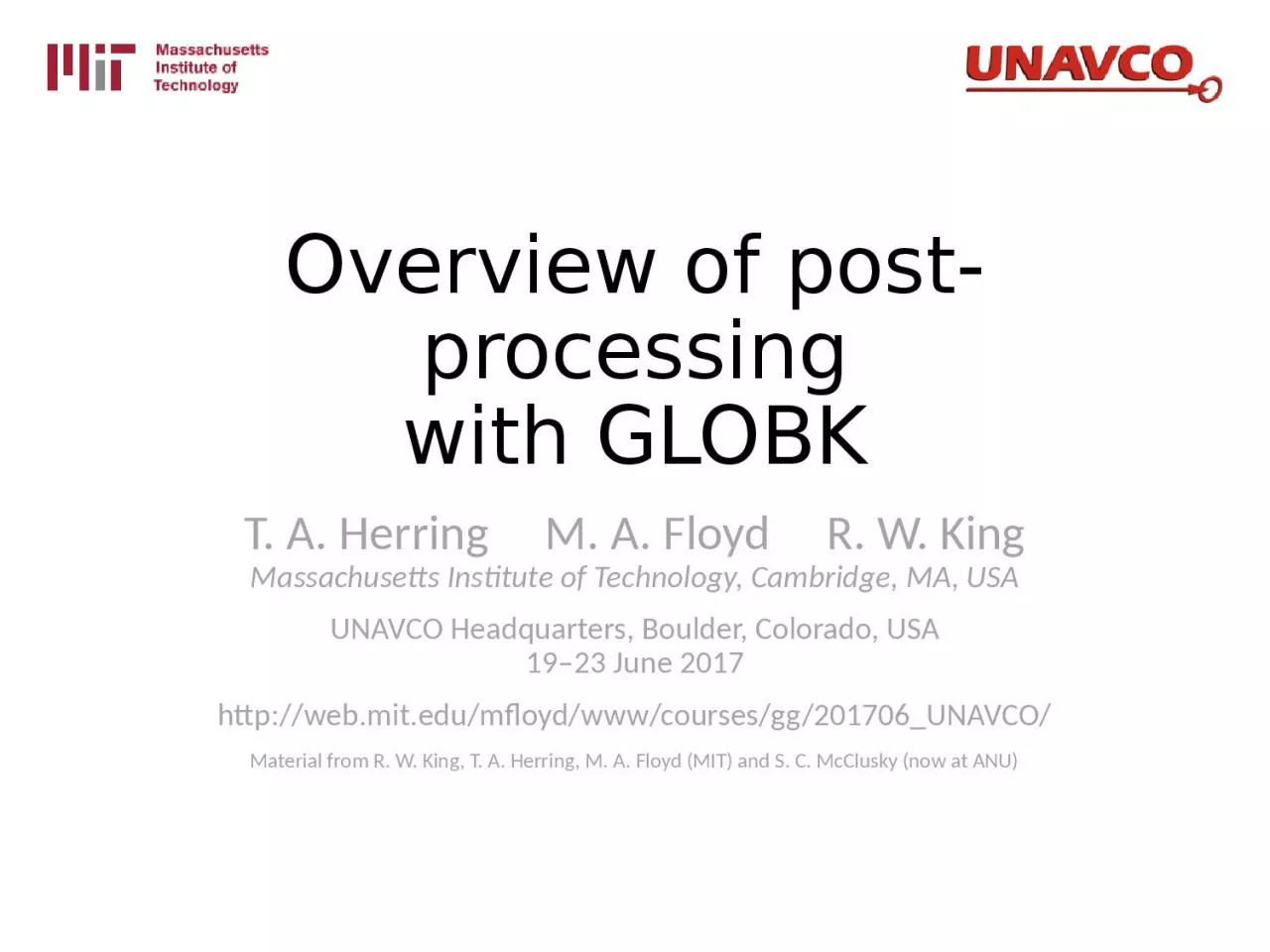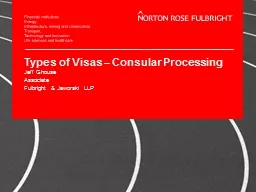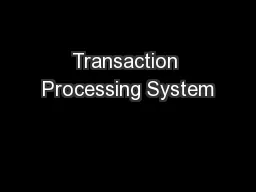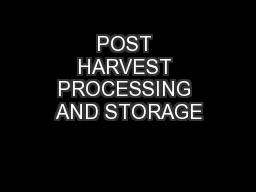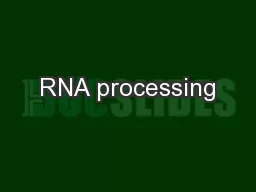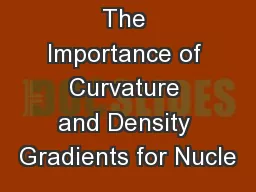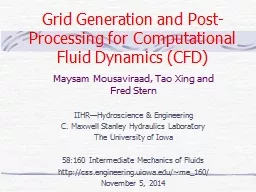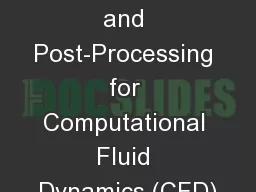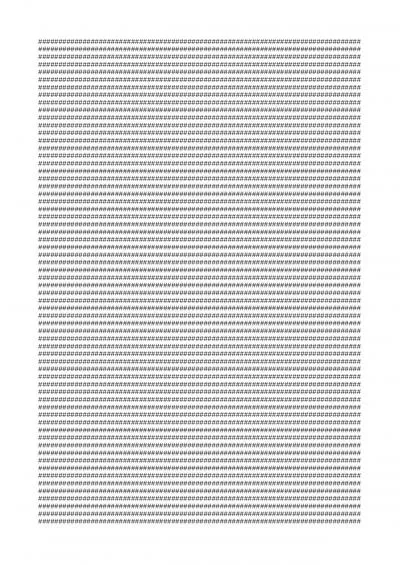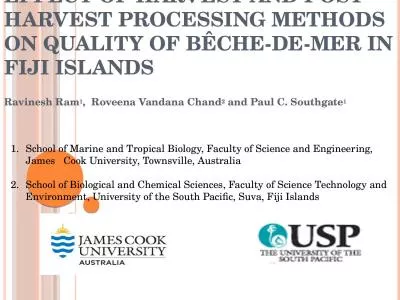PPT-Overview of post- processing
Author : sophia2 | Published Date : 2023-09-23
with GLOBK T A Herring M A Floyd R W King Massachusetts Institute of Technology Cambridge MA USA UNAVCO Headquarters Boulder Colorado USA 1923 June 2017 http
Presentation Embed Code
Download Presentation
Download Presentation The PPT/PDF document "Overview of post- processing" is the property of its rightful owner. Permission is granted to download and print the materials on this website for personal, non-commercial use only, and to display it on your personal computer provided you do not modify the materials and that you retain all copyright notices contained in the materials. By downloading content from our website, you accept the terms of this agreement.
Overview of post- processing: Transcript
Download Rules Of Document
"Overview of post- processing"The content belongs to its owner. You may download and print it for personal use, without modification, and keep all copyright notices. By downloading, you agree to these terms.
Related Documents

